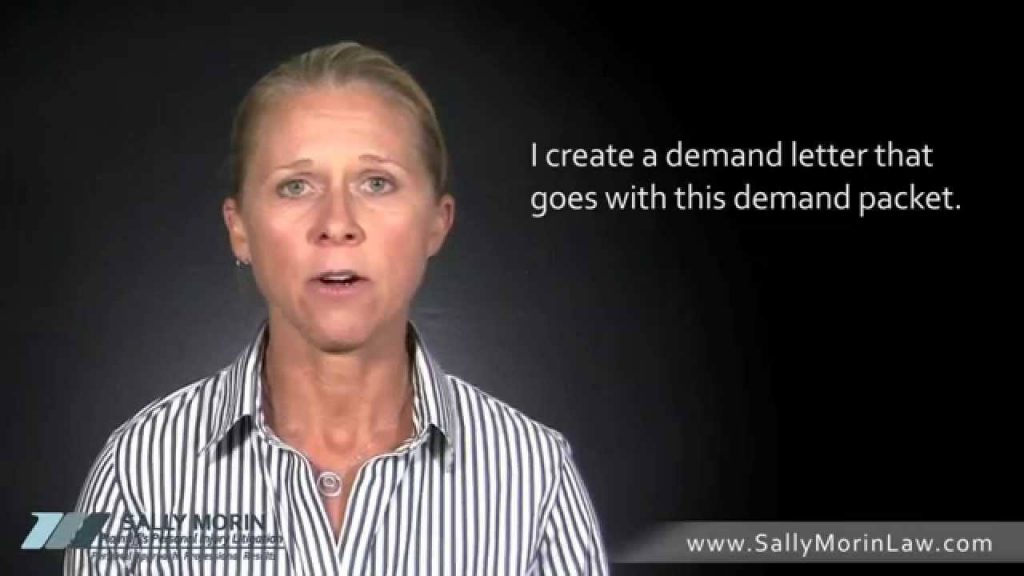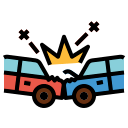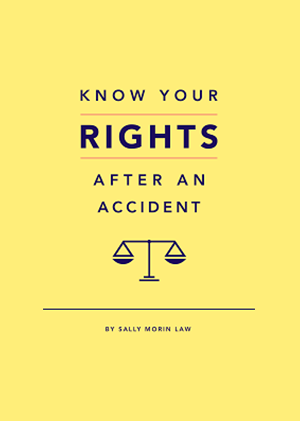In this video, Sally Morin discusses the second phase of a personal injury case.
The first phase, as I talked about before, is the treatment and investigation phase. That is when the client gets all of the reasonable and necessary medical treatment related to the injuries they received in the accident and I start investigating the facts of the case and gathering everything up we need for the case.
The second phase is the demand and negotiation phase.
In this second phase, what I do is I take all of the information pertinent to the case(which I gathered in the treatment and investigation phase) and I put it into a packet so that I can send this to the insurance carrier and advocate for my client’s case. I also create a demand letter that goes with this demand packet.
The demand packet includes all relevant medical documents, medical billing, loss of earnings information, witness statements, photographs, photos of the scene of the accident, police reports and all other pertinent information that helps us prove our case and improve the strength of the case.
In the demand letter that accompanies the demand packet, I’ll set out the story of the case – how the accident happened, why the other party is at fault for the injuries, and I also describe in great detail my client’s medical damages, pain and suffering, the loss of earnings, and how the accident and injuries impacted their life.
At the end of the letter I include a demand number, which is our monetary settlement demand amount. This is the number we use to start the back and forth settlement negotiations. Typically, we leave a little room for negotiations, because insurance companies rarely meet an opening demand with their first offer. This bargaining process is simply how insurance companies settle cases. Most of the time, they will not immediately come out and tell you how much they will settle the case for. You usually have to slowly guide them to that number with some back and forth.
Then I give the adjuster four weeks to respond to our demand, and when they do, that’s when we hit the next phase, which is the settlement or litigation phase, because we’ll go back and forth with the adjuster to try to see whether we can settle it. If we can settle it, great. If not, we have to litigate.
Stay tuned for the next video, and you’ll hear all about the third phase of a personal injury traffic accident case.
If you have any questions about a particular personal injury case, please submit your case for review by one of our laser-focused, customer-oriented personal injury attorneys.
This video and accompanying text is not intended to be a source of legal advice for any purpose. Prior results do not guarantee a similar outcome. The information in this video and text does not constitute a guarantee, warranty or prediction regarding the outcome of your case.











